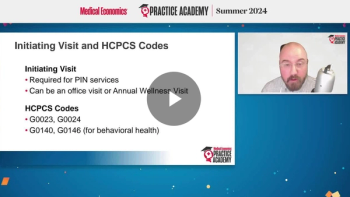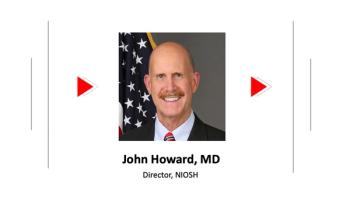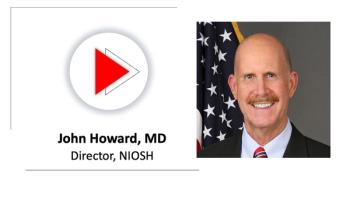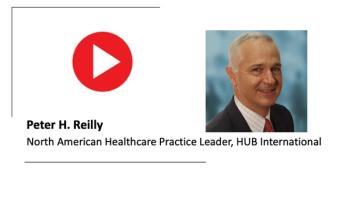
An expert discussion on what physicians need to know about individual and group disability plans.

An expert discussion on what physicians need to know about individual and group disability plans.

Hear from doctors and financial professionals as we unlock the pathways to optimizing your retirement savings.

Are you billing these often-missed new codes, or leaving money on the table?

What do physicians and pharmacists have in common?

How pharmacy benefit managers have grown in a bad way.

How lawmakers can regulate PBMs.

Introducing legislation about telehealth.

A study found that using medical assistants to filter and triage patient portal messages was an effective time saver for physicians.

A Philadelphia-area medical practice experimented with having medical assistants triage patient portal messages. What challenges did they experience with this new workflow?

Jennifer N. Lee, M.D. recently conducted a study on managing patient portal messages at her medical practice — and found something interesting about physician gender.

A new study tested a different way to handle patient portal message inflow at a medical practice.

Primary care physicians are often inundated with messages from patients. Is there a better way for practices to manage this patient communication to help improve practice workflows and free up physician time?

Workplace well-being in the long run.

On leadership by doctors and others.

NIOSH joins with other organizations in a common cause.

Discussing the Dr. Lorna Breen Health Care Protection Act, part 2.

How federal researchers approach health care burnout.

Is health care burnout getting the attention it deserves?

Government researchers can help fight burnout in health care.

Can a self-insurance program be terminated -- and other questions practices need to consider before starting.

What regulations do you need to be aware of before starting a self-insurance program?

The steps needed to set up a self-insurance program.

Who is the best candidate for self-insurance?

What can a practice expect to save by self insuring and do you still need traditional insurance as a backup?

What you need to know about self insuring your practice

AAFP president discusses the 2024 Match and the present and future of family and internal medicine.


AAFP president discusses the 2024 Match and the present and future of family and internal medicine.

AAFP president discusses the 2024 Match and the present and future of family and internal medicine.

AAFP president discusses the 2024 Match and the present and future of family and internal medicine.